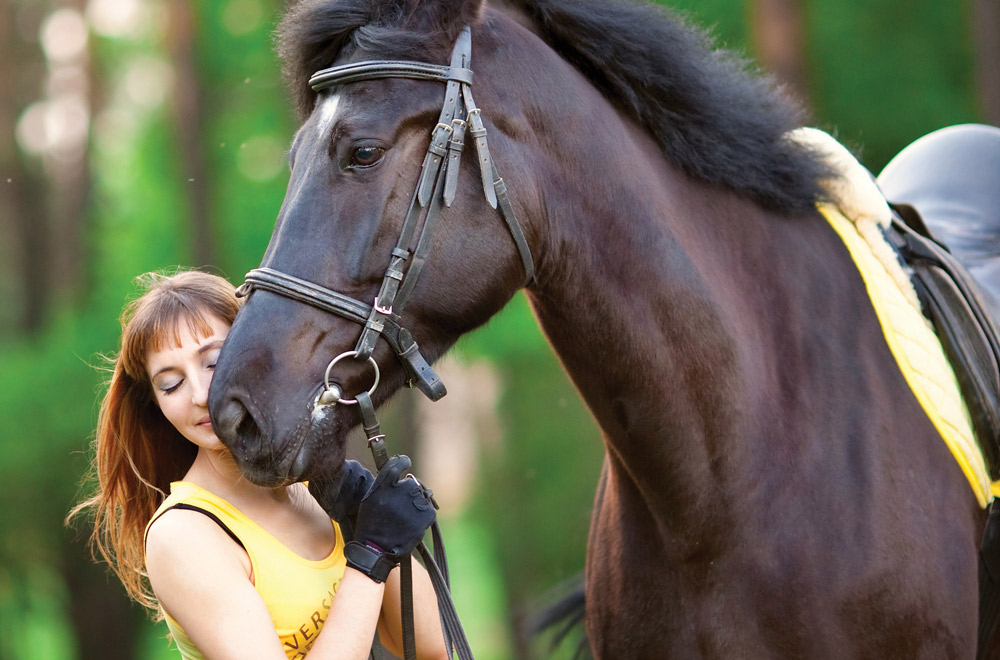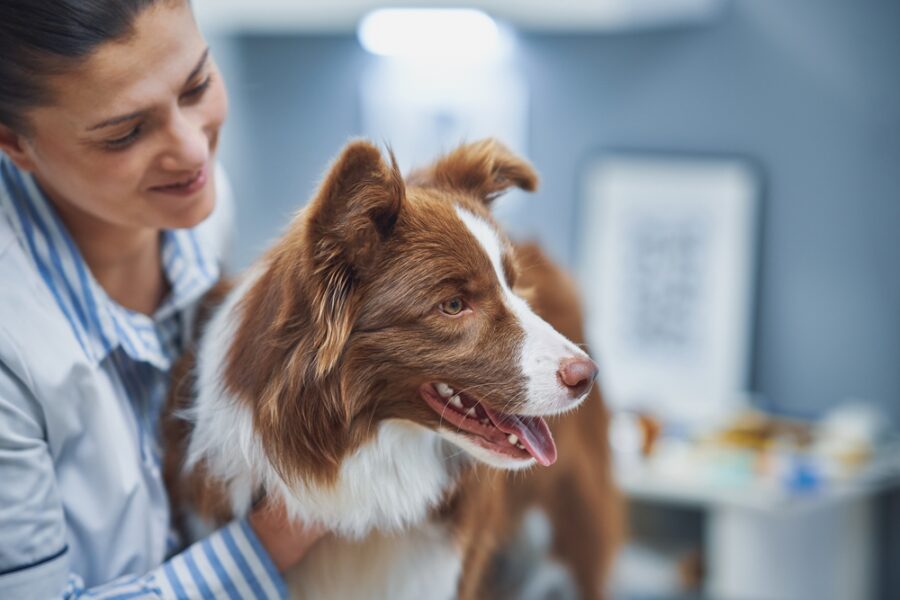Five saddle fit keys to comfort for female riders.
We all know that women and men have different builds. But the challenges faced by many female riders (back, knee and hip pain, discomfort in the pelvic area, difficulty maintaining proper position and posture) aren’t frequently discussed in the equestrian world. The saddlery trade is historically rooted in European tradition, where primarily male saddlers built saddles for male riders. Today the majority of riders are women, who have a different pelvic structure than men. Let’s take a look at the five key principles of determining saddle fit for women.
Key to Comfort
TWIST
The width between a woman’s upper inner thighs affects the width of the twist she will need in her saddle. The twist is the part of the saddle against which the upper inner thighs sit. Because of a phenomenon called “q-flexion” (whereby female thighs tend to angle outwards at the hip and back inwards at the knee), a woman will carry more weight on their upper inner thighs than a man. When a woman sits in a saddle that is too wide between her upper inner thighs, the leg is pushed forward, and the knee and toes are out at a 45° angle, making it difficult to achieve the desired “shoulder-hips-heels” alignment. When a woman rides in a female saddle, the toes point forward and there is more upper leg on the barrel of the horse.
STIRRUP BAR
The ratio of the length of the upper leg to the lower leg determines the position and/or length of the stirrup bar. Most women have a longer upper leg than lower leg. The stirrup bar acts like the fulcrum and the stirrup leather is like a pendulum. With a regular stirrup bar positioned normally, the female’s leg will usually end up being too far forward (“get your leg back!” – does this sound familiar?) because the leg will fall according to its center of gravity. Therefore, women usually require extended stirrup bars (or extra-extended). Allowing the stirrup leathers to be positioned further back will ensure the leg hangs in the correct position.
PROPER FLAP POSITIONING
Women’s hip bones are articulated differently at the joint from men’s. Female adult amateur riders who started riding later in life, or who don’t ride regularly, find it especially challenging to have their legs hang straight down when riding, because the female articulation causes the legs to naturally angle out. Men’s legs hang straight naturally, but changing the angle of the flap and the position of the thigh roll will address this for women in a female saddle. If the flap is too straight, the woman’s knee comes too close to the front of the flap, and in motion the leg will actually go over the fl ap. Forcing this (“get your leg back!” – again!) can move the pelvis forward, resulting in back pain and discomfort.
SEAT WIDTH
Most mistakes occur during measurement of the width of the twist and the width of the seat. The twist is that area of the saddle which is actually located between the thighs, whereas the width of the seat is determined by the space between the seam running along the edge of the seat. In the male pelvis, the seat bones are much closer together and the distance between the two seat bones is much smaller, therefore the male comfortably fits into the padded part of most saddles. The female pelvis has seat bones that are much further apart, so when she rides in a “male” saddle, she sits on the seat seaming, which is uncomfortable. Often the seat twist and width are mixed up, and she will end up buying a saddle with a wide twist rather than the wide seat she actually needs for her pelvic shape. As a result, her knees and hips will angle out instead of being able to hang straight down, causing discomfort. The distance between the seams on the seat should be wide enough to allow the female seat bones to sit on the padding – if it’s too narrow, she feels like she’s sitting on a ridge, or her seat bones will fall off the edge of the seat.
PUBIC SYMPHYSIS AND TILT
The male pelvis has a higher pubic symphysis (hips) – when he sits in a balanced position with his spine perpendicular to the ground, his hips will be tipped upwards and not contact the saddle. When the female sits on the saddle with her spine perpendicular to the ground, her hips is much lower and closer to the front of the saddle and can contact and rub. This can result in recurring bladder infections, and even bleeding. Pelvic tilt is also affected by the saddle model and saddle balance.
When a male rider sits on a male saddle, he can balance on his seat bones as on a bipod, whereas the female finds her balance on a male saddle in a tripod position – which means her hips will be in contact with the front of the saddle. Schleese’s patented AdapTree® has a cutout in the front of the saddle tree to form a channel for space between the hips and saddle. This channel is filled with foam and is very forgiving to the position of the rider in balance – for both men and women!
If you are struggling with your position or experiencing discomfort when riding, it may not be you – it may be your saddle! So often we hear people tell us we just need to “work on developing a better seat”, when in fact a simple equipment change can make all the difference in the world. Take these five keys to comfort into consideration, and evaluate the fit of your saddle for yourself as well as your horse.
Jochen Schleese is a certified master saddler who graduated from Passier, and came to Canada as Official Saddler at the 1986 World Dressage Championships. He registered the trade of saddlery in North America in 1990. Jochen’s lifelong study of equine development, saddle design, the bio-mechanics of horse and rider in motion, and the effects of ill-fitting saddles, led to the establishment of Saddlefit 4 Life in 2005 (saddlefit4life.com), a global network of equine professional.








